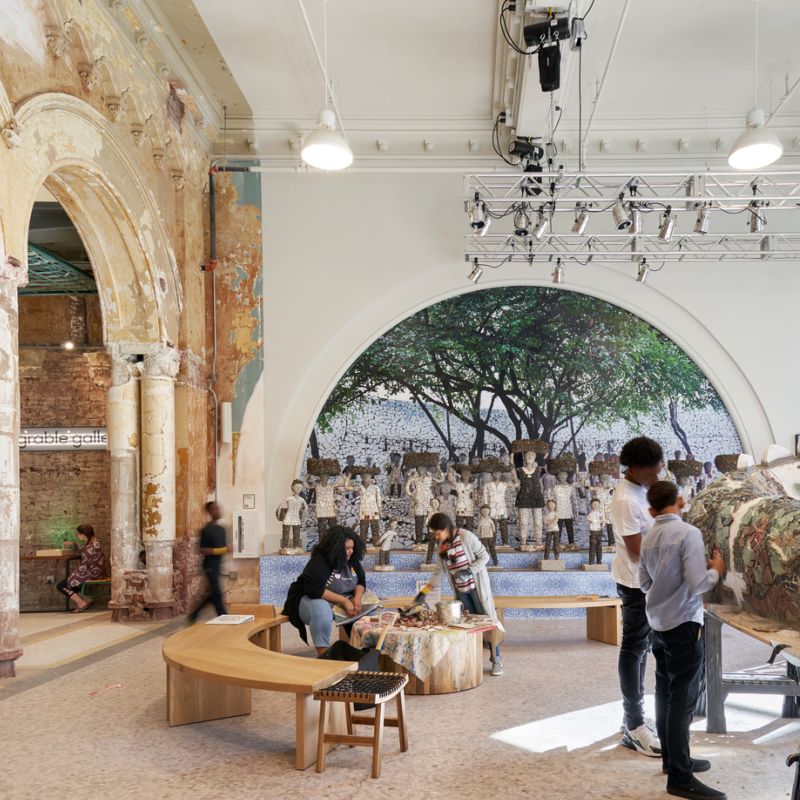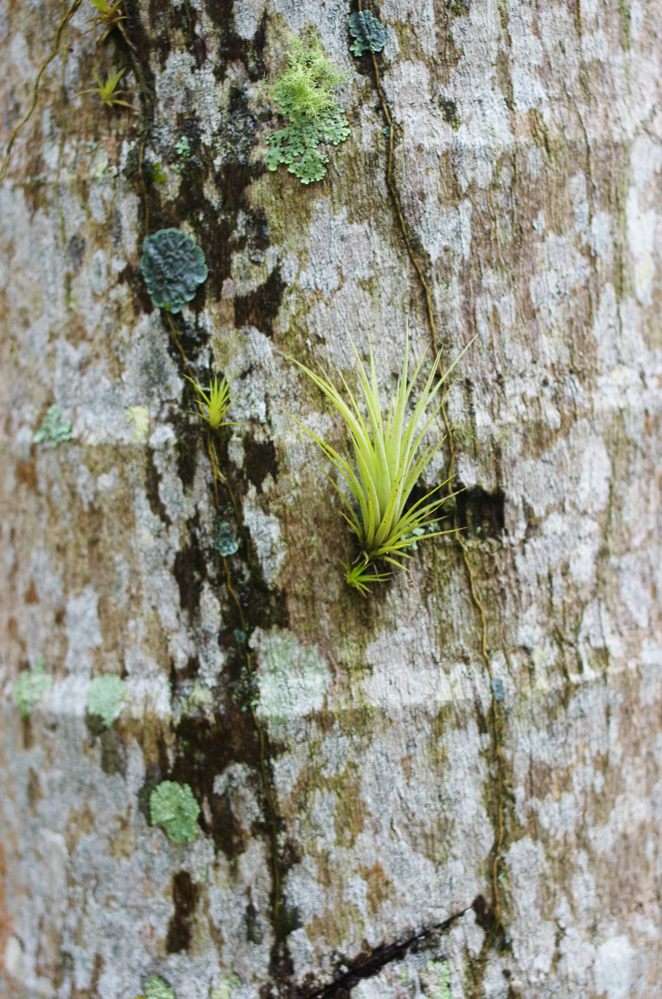Reshoring the Rust Belt (Part 4 of 4)


Reinvesting and Retooling
The way we produce and consume materials as a society—especially construction materials—is intricately linked to the structure and function of our cities. Since they first emerged alongside agriculture, cities have been a physical manifestation of the bond between culture and the raw materials of nature. And as the seat of government and business, cities enable us to scale our impact on the biosphere. Nowhere is this better exemplified than in the American Rust Belt, where cities like Baltimore, Pittsburgh, Cleveland, Detroit, Chicago, and St. Louis surged from 1870 to 1970.
The same confluence of factors that put these cities on the map is now poised to remake them. In their second act, these rusty cities will be decarbonized through a new industry based on reusing, refurbishing, and re-fabricating materials. In contrast to the polluting, unfair enterprise that birthed and grew these cities, today’s technology offers us more sustainable pathways. This industrial revolution, called Industry5.0, will use clean energy and pro-social principles to achieve sustainable development. In the real estate sector, this transformation will promote wellbeing and resilience by building on the materials of the past—both physical and cultural.

Embodied Legacy: Energy, Materials, Transportation, Labor
Fueled by immigration and the crushing occupation of tribal lands, industrial cities of the Rust Belt grew fast. The Industrial Revolution brought steam power, unlocking a previously unfathomable ability to reform our landscapes. We cleared native forests to fill our cities with buildings, laying down ties and rails to connect them. When these wooden cities grew dense and large with tens of thousands of immigrants, fire became an existential threat. We rebuilt the cities with brick and stone, seeking out quality quarries and clays—sometimes tens and even hundreds of miles away.
Having burned much of the readily available wood, we turned to coal to power industry. In this Second Industrial Revolution, iron and then steel further reformed cities, freeing structures of bearing wall masonry construction. Float glass production lines brought transparency to buildings. Pairing the glass with aluminum extrusions resulted in the curtain wall, the default solution for urban buildings to this day.
Not only did we build our cities with this parade of materials—we imported raw materials to process them into building products. Industry relied on access to rail lines, navigable waterways, labor, and capital. Where these conditions collided, our cities burned red hot.
Crude oil became an essential supplement to coal energy, leaving industry susceptible to the oil embargo crisis in the 70s. In the Digital Revolution (i.e. Third Industrial Revolution), automation, globalization, and reliable inter-state trucking changed the fundamental equation that fueled industrial cities. Manufacturers—largely multinational companies—sought efficiencies through exurban and foreign production. The fires burned out in the old steel mills, glass factories, and brick kilns.

Industry 4.0: Retrofits, Material Libraries, and Electrification
Today, our energy infrastructure is once again in flux as we build renewable energy resources and smart grids. For the first time since humans started cooking food, we can imagine a society that no longer depends on the combustion of fuel derived from living things. And so, our industrial cities are undergoing a second, complete electrification.
This wave of electrification is accompanied by the advent of AI, gene editing, robotics, and the Internet of Things—hallmarks of the Fourth Industrial Revolution (Industry 4.0). From within this paradigm shift, “post-industrial” is often applied to the trajectory of our Rust Belt cities. However, we do not agree that the time for industry has passed. We believe urban mining, deconstruction, and re-manufacturing represent important new industries for the Rust Belt.
Re-industrial is a better description than post-industrial, because we have the opportunity to remake these communities by putting to use what is already available. The bevy of tools generated by Industry 4.0 will help coordinate the activities necessary to organize the wood, brick and steel distributed across geography. Combined with renewable, resilient energy grids, this enterprise will create a new economy in reclaimed feedstock for reuse, re-manufacturing, and manufacturing.

Industry 5.0: Building Better
The embodied carbon of construction materials refers to the air pollution associated with production, use, and demolition. However, there is more to the story of materials. Bamboo and oak may perform similarly as flooring, although one may have grown over five years versus five hundred. The broader ecological story of materials is part of their embodied impact. Meaning can also become embodied in a material, with cultural significance associated with the context of the materials’ source and original use. A wood floor installed with union labor has a different meaning than one installed with slave labor—a weight that is embodied in the material.
At the heart of sustainability is the opportunity to address, even redress the injustice embodied in our industrial cities. Racism, classism, and sexism have been just as instrumental in building our industrial cities as wood, coal, and oil. Entire neighborhoods have been demolished, undermined, or just ignored by business leaders and city government. This injustice continues today—it is not locked in the past. Reimagining our industrial cities requires that we look to those wronged to provide direction and leadership for our new industries.
Transparency, empowerment, and justice are the organizing principles of this emerging construction and manufacturing revolution. With support from the industries that have benefitted most from historical production and consumption, these new ventures can acknowledge and make manifest the painful yet remarkable and pride-worthy contributions of marginalized groups. These stories are embedded in stone, steel, brick and timber that will fashion a more perfect city.



View More Resources
Benefit from our expertise



